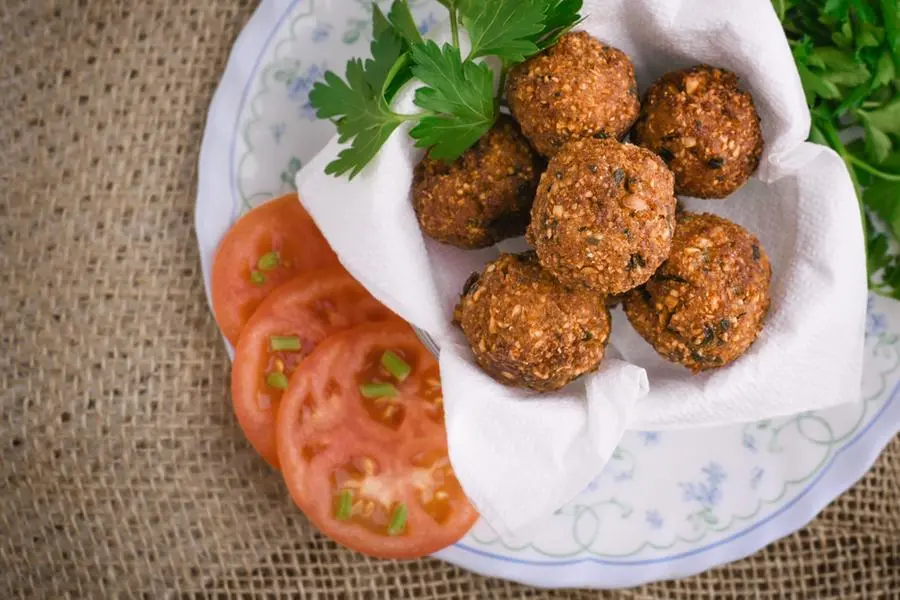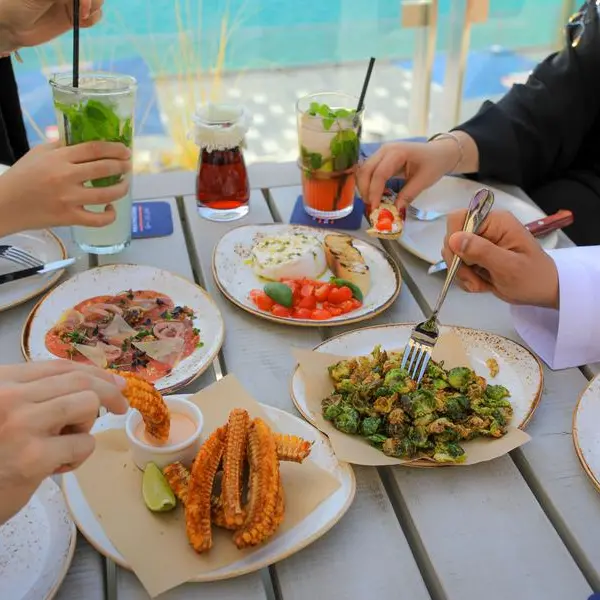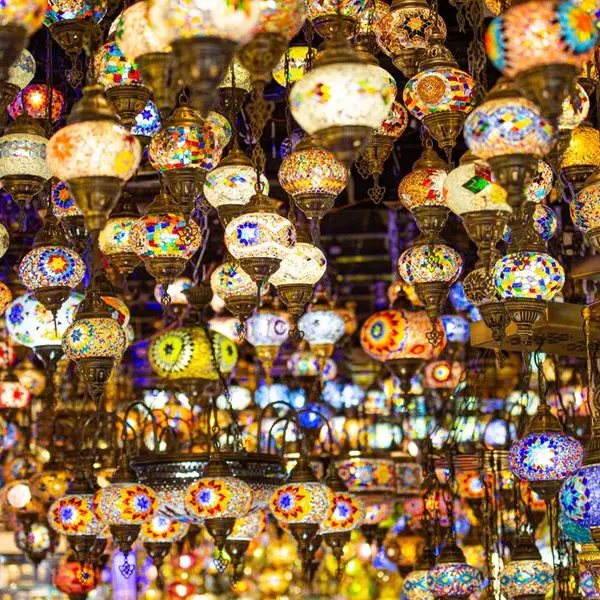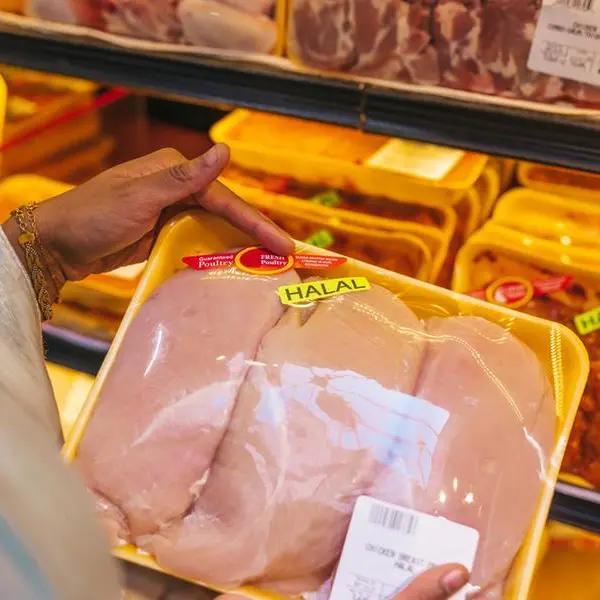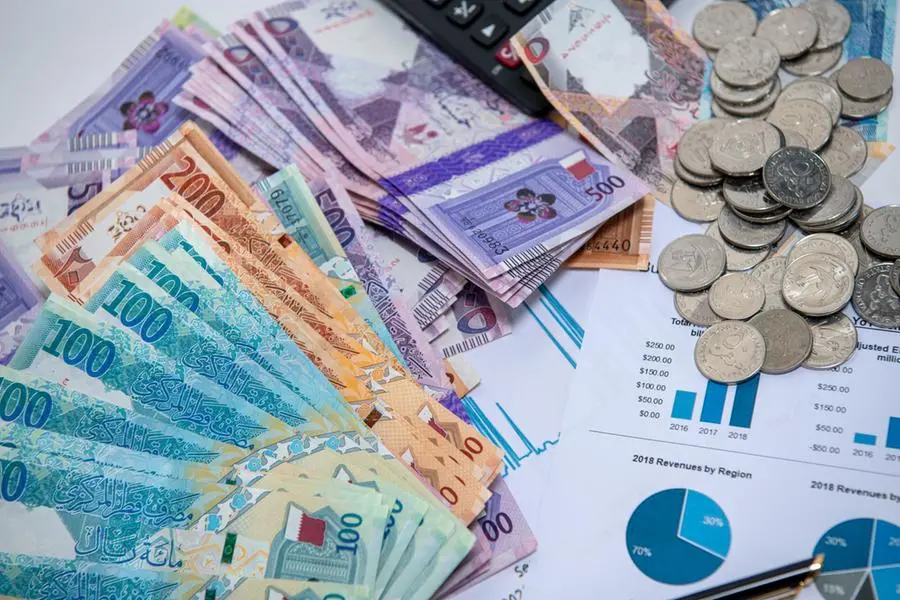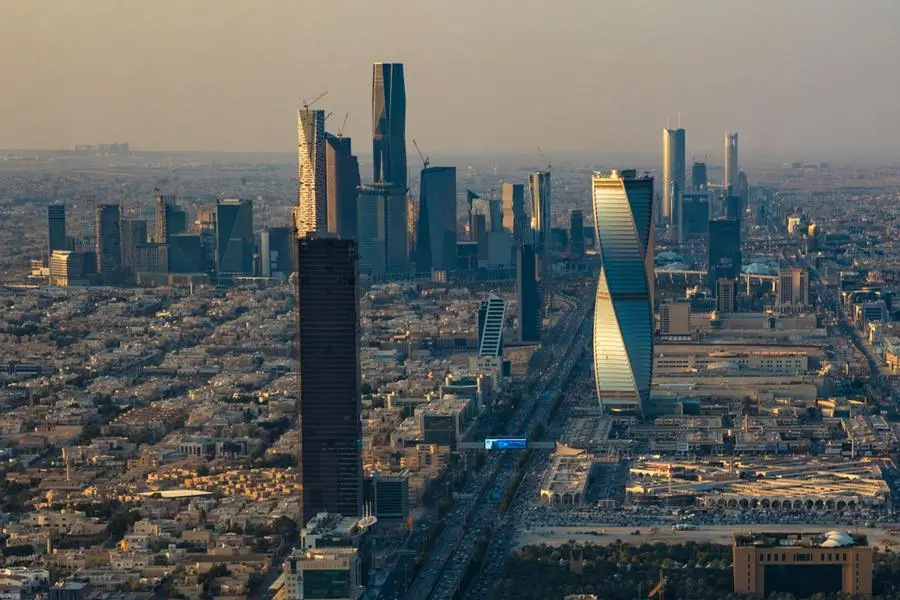PHOTO
Falafel. Getty Images
Doha, Qatar: Today is International Falafel Day. Every year on June 12, fans from all over the world are given a special opportunity to celebrate this beloved Middle Eastern culinary delicacy.
The origin of this delicacy remains a hotly contested issue, with some claiming falafels’ origin dates back to Egypt 1,000 years ago, while others claim the Levant part of the Arab world (Syria, Lebanon, Palestine, Jordan) was responsible for introducing this delicacy to the rest of the world.
Ta'amiyah
The falafel is perhaps the most famous Middle Eastern dish in existence, next to the shawarma and kebab. The fact that falafels are made entirely out of non-meat products means they are ideal for both vegetarians and non-vegetarians.
The falafel sandwich is arguably the most popular way of serving the dish, with the fried patties tucked inside a piece of pita bread and garnished with tahini sauce and some vegetables.
Falafels are mostly made of chickpeas boiled until soft, then put in a grinder along with garlic, onions, fresh herbs, and then garnished with spices and formed into little balls before being deep fried.
The aforementioned recipe, however, is for the Levantine falafel, the ones typically featured in Palestinian, Lebanese, Jordanian, and Syrian dining tables and the ones which the majority of the world is familiar with.
The other kind of falafel, known as Ta’amiya, is a variation of the Middle Eastern cuisine that is popular in Egypt.
While the Levantine falafel is made entirely of chickpeas, Egyptians use ground fava beans as the main ingredient in their falafel.
A Ta'amiyah mix is often greener and substitutes chickpeas with fava beans
Leeks, green onions, and garlic are also ground with the fava beans, resulting in a green paste that then deep fried and typically served alongside another fava beans-based dish called ful, fried eggplant, pickles, and/or French fries.
According to the floor manager at a Hot Bread bakery in Doha, it is the leafy vegetables that give the Egyptian Ta’amiya its distinct green colour.
“It’s the leeks, a lot of them. That’s what makes the Ta’amiya green,” manager Mohamed, last name withheld, told The Peninsula.
“In addition to leeks, chives can also be added to the falafel mix,” he continued.
The Levantine falafel does not contain as much colour-altering green herbs as the Egyptian Ta’amiyah, making them retain some of the chickpeas’ original yellowness.
A Falafel mix after everything has been ground
When cracked open, a falafel ball will usually have a yellowish-green colour in the inside, with the greenish tint being the result of the dill, fresh cilantro and parsley ground with the hummus.
Egyptian falafel, however, is intensely green on the inside, with barely a hint of yellow whatsoever.
Another noticeable difference between the two is that some versions of the Egyptian Ta’amiyah are typically formed like discs rather than round balls, and are topped with a generous amount of sesame seeds.
Regardless of the uncertainty surrounding the falafel’s origin, whether it is from Levant or Egypt, one thing is certain: the world is a much more delicious place because of it.
© Dar Al Sharq Press, Printing & Distribution. All Rights Reserved. Provided by SyndiGate Media Inc. (Syndigate.info).
